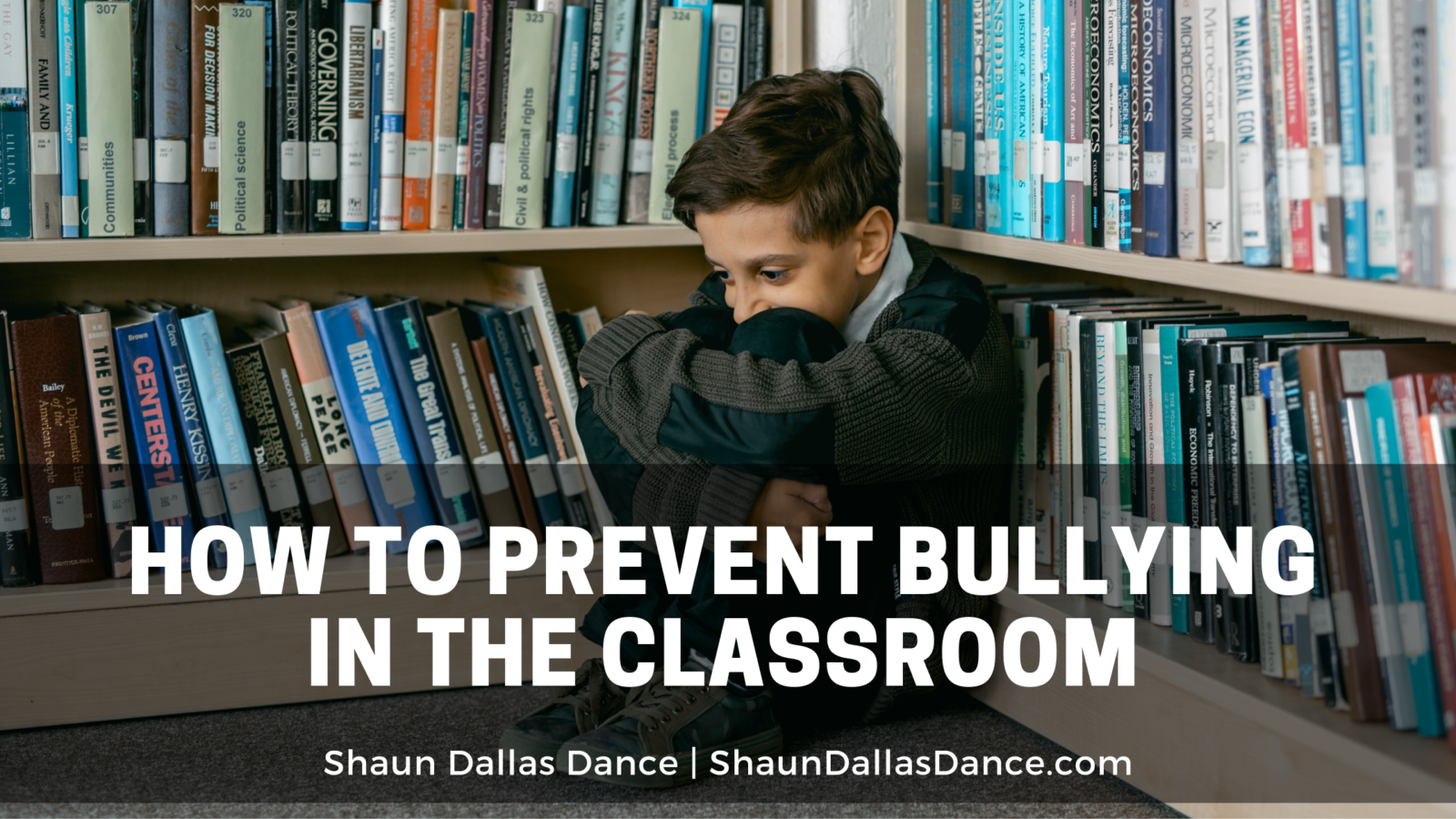Anyone who deals with children will inevitably end up dealing with bullying. It’s essential for teachers and carers to understand the signs of bullying – and what they can do to help prevent it from happening.
Bullying has a negative impact on an educational environment, as well as leaving scars that for many will never fully heal. For these reasons and countless others, it’s crucial to do one’s best to prevent and stop bullying. Here are some ideas that can help create a safer environment for students.
Openly Talk About Bullying
It’s important to talk to students and parents alike about bullying. More importantly, it’s critical to instill empathy via explaining the emotional and physical toll of bullying. Creating room for open discourse can reasonably hope to begin a program that will reduce bullying.
Teach Empathy
Kids don’t always consider the consequences of their actions, primarily when those consequences affect somebody else. This highlights one reason why we should always be striving to teach children about empathy.
Along with teaching empathy, adults should always encourage kindness in children wherever and whenever possible. These two traits will actively combat any temptation to bully.
Adults Should Be Visible
The mere presence of an adult tends to discourage bullying. Thus it’s crucial to ensure that one is visible regularly, especially in areas where bullying might occur – areas that otherwise seem more secluded. Bullies are looking for the opportunity to bully – so don’t give it to them.
Know the Warning Signs
Make sure to be aware of and on the lookout for the warning signs of bullying. Also known as ‘gateway indicators,’ these signs can help point towards a more significant problem. Symptoms include:
- Rolling eyes.
- Jokes at another person’s expense.
- Other harder-to-spot forms of bullying.
Create Firm Yet Easy to Understand Rules
Rules should be evolving as children get older, yet they should always be clearly defined. Create rules that are easy to understand, enforce, and communicate. If possible, these rules should be few in number and have a positive twist to them. Additionally, ensure that the rules can apply to various situations and are appropriate for the age of the children.
Article originally published on ShaunDallasDance.com


